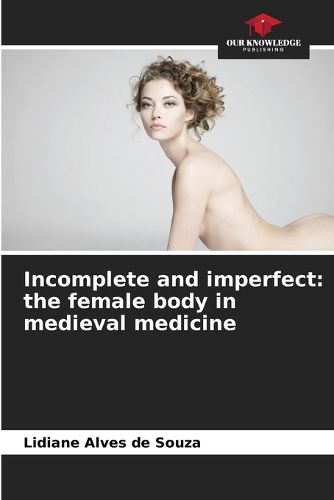Readings Newsletter
Become a Readings Member to make your shopping experience even easier.
Sign in or sign up for free!
You’re not far away from qualifying for FREE standard shipping within Australia
You’ve qualified for FREE standard shipping within Australia
The cart is loading…






The book investigates the representations of women's bodies produced by medical discourse in the 13th century by analysing three genres of medical literature produced in the period: the medical commentary on Johannitius' Isagoge by the Portuguese physicist Pedro Hispano, the treatise attributed to Albert the Great entitled De secretis mulierum, and the prescription book Thesaurus pauperum also by Pedro Hispano. In this context, medical knowledge was basically based on Aristotle's natural philosophy and Galenism, which was absorbed and reinterpreted by the Arabs. For women and women's problems, the foundation of medicine on these bases represented the resumption of a long medical tradition that had differentiated, inferiorised and hierarchised women's bodies in relation to men's, and associated them exclusively with reproduction. Mainly identified with the works of Aristotle and Galen, this form of understanding was assimilated and re-signified in the writings of the Latin medical tradition (Etimologias, by Isidore of Seville) and medieval Arabic (De genecia, by Haly Abbas, and Canon de Medicina, by Avicenna).
$9.00 standard shipping within Australia
FREE standard shipping within Australia for orders over $100.00
Express & International shipping calculated at checkout
The book investigates the representations of women's bodies produced by medical discourse in the 13th century by analysing three genres of medical literature produced in the period: the medical commentary on Johannitius' Isagoge by the Portuguese physicist Pedro Hispano, the treatise attributed to Albert the Great entitled De secretis mulierum, and the prescription book Thesaurus pauperum also by Pedro Hispano. In this context, medical knowledge was basically based on Aristotle's natural philosophy and Galenism, which was absorbed and reinterpreted by the Arabs. For women and women's problems, the foundation of medicine on these bases represented the resumption of a long medical tradition that had differentiated, inferiorised and hierarchised women's bodies in relation to men's, and associated them exclusively with reproduction. Mainly identified with the works of Aristotle and Galen, this form of understanding was assimilated and re-signified in the writings of the Latin medical tradition (Etimologias, by Isidore of Seville) and medieval Arabic (De genecia, by Haly Abbas, and Canon de Medicina, by Avicenna).